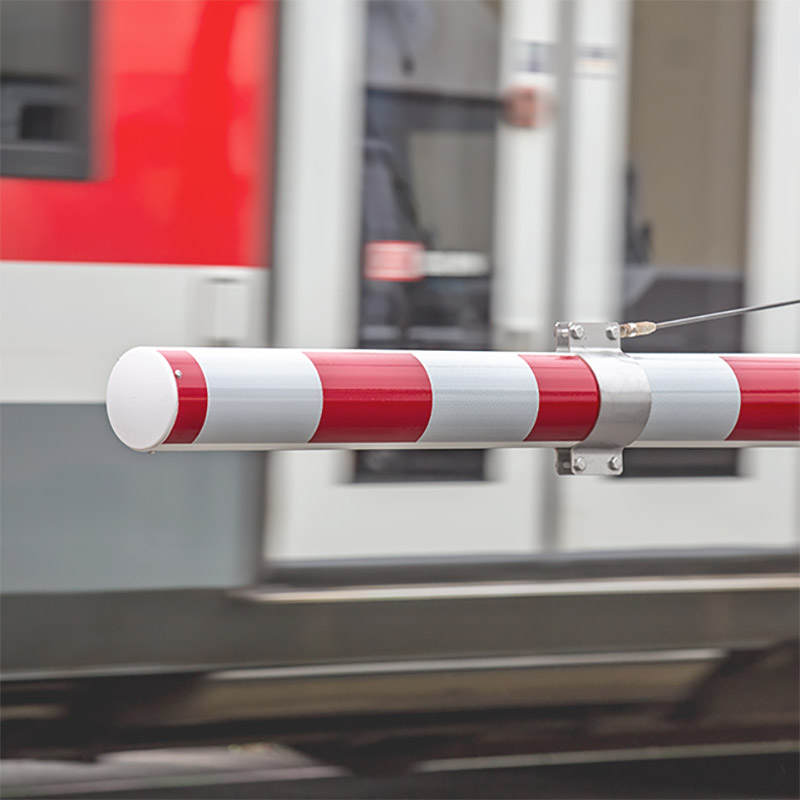london
A paper which outlines the approach to managing rail staff fatigue advocated in revised guidance from Britain’s safety and economic railway regulator.
A paper which outlines the approach to managing rail staff fatigue advocated in revised guidance from Britain’s safety and economic railway regulator.
A paper which describes a large scale assessemnt of safety culture in the Norwegian National Rail Administraion, NNRA. The proposition is made that using questionnaires alone is insufficient when assessing safety culture. The paper discusses how the studies have given NNRA valuable insights into its strengths and weaknesses.
A paper which proposes measures for solving technical problems from the perspective of overall system design and risk analysis and for solving management problems from the perspective of agile development and utomation tool utilization so as to maximise the safety of signalling systems under the precondition of improvement of efficiency.
A paper which provides an introduction to the guidance document Measuring Safety Performance including the principles behind safety performance indicators, the potential benefits they can provide and the ptifalls to avoid. It also provides a seven-step process that the guidance sets out for implementing a successful SPI programme. The paper also provides examples of where the guidance has been trialled and the benefits observed. The author believes that the findings are applicable to all areas of the rail industry and not just in Great Britain.
A paper which describes how FirstGroup introduced an injury prevention programme in 2006 and the positive change in safety culture this delivered. The programme has contributed to encouraging people to talk about safety, change attitudes and behaviours as well as eradicate injuries.
A paper which discusses the preparation of effective technical standards and procedures to be used in an operator’s asset management activities. The author has reviewed a large number of technical documents, submitted by a variety of operators over a 10 year period. The paper draws attention to some of the best features in effective technical standards and procedures. The author recommends a standardised table of contents for technical manuals
A paper which presents, through an actual example, the consideration of human factors during the construction or modernization of a line, in order to significantly reduce safety risks. The example is the modernization project of a French network single track line which is a very challenging line containing many curves, steep gradients, tunnels and bridges as well as challenging climatic conditions.
A paper which looks at the lessons learned from a fatal accident in Kimstad. The collision occurred when a guided road rail vehicle entered the safety zone of the adjacent track. The digger was being used for infrastructure work on the line.
A paper which examines disaster preventions in the time of emergency and social role and responsibility of the railway workers. The paper discusses the main findings from a survey and discusses the way in which emergencies such as earthquakes and tsunami are dealt with on the railways.
A paper which describes the journey and key steps that MTR Corporation has undertaken to make its safety management system fit for people. This approach is aimed at minimising safety and service incidents due to human error and enhancing safety delivery in line with stakeholders’ needs. In particular a recently launched Human Factors (HF) integration programme is discussed. This programme aims to increase staff awareness and competence in applying human factors in everyday activities.


